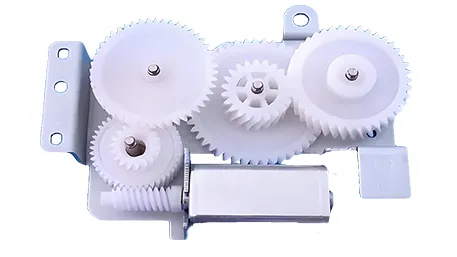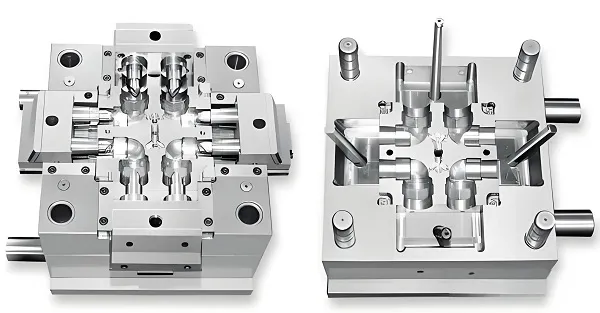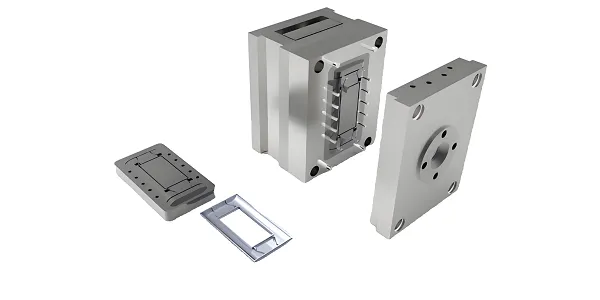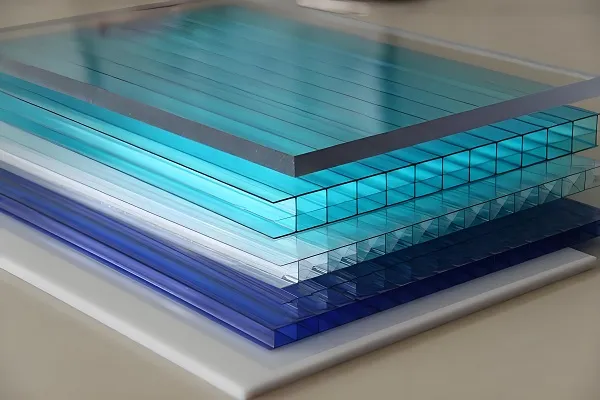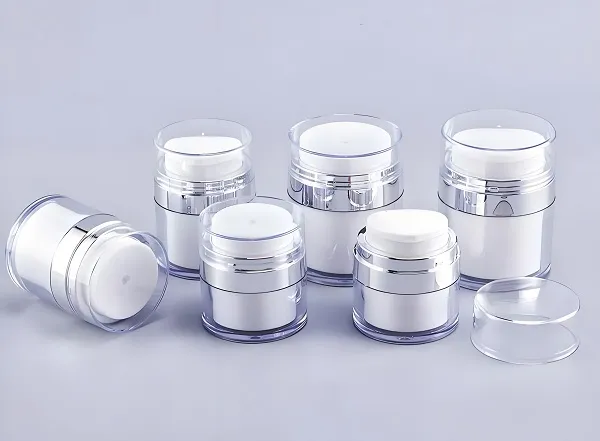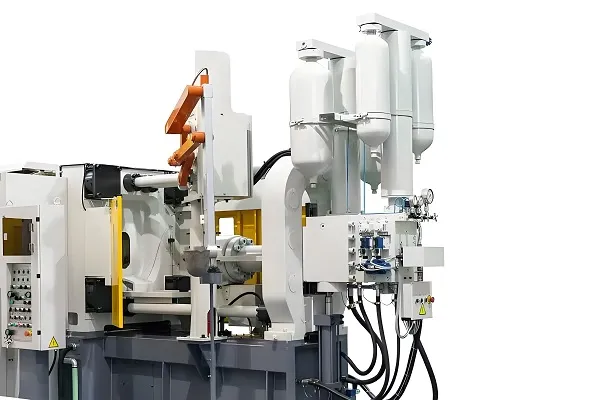Injection molded inserts are a new technology that organically combines metal and plastic parts. This technology can make full use of the respective advantages of metal and plastic to create products with superior performance and more complex structures.
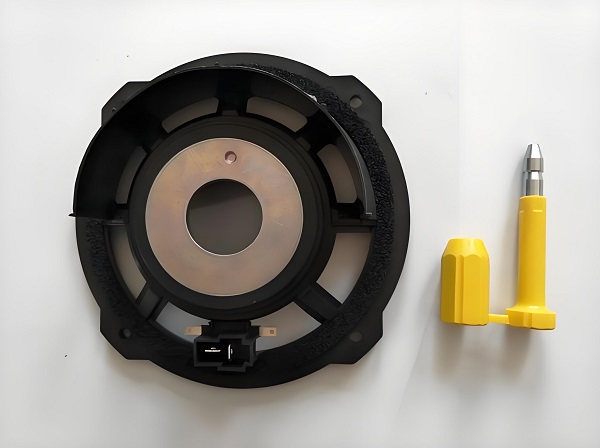
1. Injection molding insert characteristics
Strength and rigidity enhancement: Due to the close combination of metal parts and plastic parts, injection molded inserts have stronger integrity and stability, which can effectively improve the strength and rigidity of the product.
Weight and cost optimization: compared with traditional products, injection molded inserts can reduce the weight of the product, optimize the product structure, thereby reducing the use of raw materials and production costs.
Improved corrosion resistance: metal parts in the injection molded inserts play a role in preventing corrosion of plastic parts, enhancing the corrosion resistance of the product and extending its service life.
Design flexibility: injection molding insert technology allows designers to be more flexible in product design, can combine the respective advantages of metal and plastic, to create a complex and sophisticated integrated products.
2. Injection molded insert production process
The production process of injection molded inserts includes the following steps:
Material preparation: prepare metal parts and plastic raw materials.
Mold design: according to the product requirements for the design of the injection mold, and in the mold reserved for the embedded position of the metal parts.
Pre-treatment of metal parts: Perform necessary pre-treatment of metal parts, such as cleaning, drying and preheating.
Injection Molding: The plastic material is heated and melted and injected into the mold, and at the same time, ensure that the metal parts are correctly embedded in the reserved positions in the mold.
Cooling and curing: After the plastic is cooled and cured, it forms an integrated product that is tightly integrated with the metal parts.
Post-processing: the necessary post-processing of the product, such as deburring, cleaning, inspection and so on.
3 injection molding insert processing technology
Injection molding insert processing technology mainly includes mold design, metal parts pretreatment, injection molding and post-processing and other links. Among them, injection molding is a key step, need to accurately control the injection temperature, pressure and time and other parameters to ensure that the plastic and metal parts of the close combination and the molding quality of the product.
4. injection molding insert optional materials
| Material Type | Characteristics | Typical Applications |
|---|---|---|
| Metal Inserts | High strength, rigidity, corrosion resistance | Aluminum, steel, copper, etc., used to reinforce structural integrity and durability |
| Plastic Resins | Easy processing, lightweight, insulating | ABS, PC, PA, etc., providing aesthetic appeal, tactile comfort, and electrical insulation |
5. injection molding insert product characteristics
| Material Combination | Strength (MPa) | Rigidity (GPa) | Corrosion Resistance (Rating) | Density (g/cm³) |
|---|---|---|---|---|
| Aluminum + ABS | 200-300 | 1.5-2.5 | Excellent (5) | 1.0-1.2 |
| Steel + PC | 350-450 | 2.5-3.5 | Superb (6) | 1.2-1.4 |
| Copper + PA | 250-350 | 2.0-2.8 | Good (4) | 1.1-1.3 |
Note: The above data is an example, the actual data may vary depending on the type of material, processing technology and product design and other factors.
6. Injection molded inserts application areas
6.1 Automotive industry
Interior and exterior parts: Various interior and exterior parts of automobiles, such as door handles, instrument panels, center console buttons, bumper decorations, etc., can be produced using injection molding insert technology. This technology not only improves the strength and rigidity of the product, but also makes the parts lighter, which helps to reduce the weight of the vehicle and improve fuel economy.
Structural parts: some need to withstand more vigorous structural parts, such as engine mounts, suspension components, etc., can also be realized through the injection molding insert technology of metal and plastic organic combination, to enhance the parts of the bearing capacity and durability.
6.2 Electronic industry
Handheld devices: palmtop computers, cell phones, tablet computers and other electronic devices, such as the shell, keys, interfaces and other parts are often produced using injection molding insert technology. This technology makes the products more compact and lightweight, improves portability, and at the same time enhances the durability and aesthetics of the product.
Home Appliances: Control panels, buttons, sockets and other components of household appliances such as televisions, washing machines, refrigerators, etc. are also often manufactured using injection molding insert technology. These components need to have good durability, corrosion resistance and aesthetics, injection molding insert technology to meet these requirements.
6.3 Medical devices
Medical equipment: medical equipment needs to be frequently sterilized and cleaned, traditional materials are susceptible to corrosion. The use of injection molding insert technology, metal parts and corrosion-resistant plastic parts can be combined to improve the corrosion resistance and service life of the product. For example, handles for surgical instruments and control panels for medical equipment can be produced using this technology.
Disposables: some medical disposables that require strict cost and weight control, such as syringes, infusion sets, etc., can also be produced at low cost and high efficiency by injection molding insert technology.
6.4 Other fields
Industrial equipment: in the industrial field, injection molding insert technology is also widely used in a variety of equipment parts production. For example, the control handle of mechanical equipment, transmission parts, etc. can be produced using this technology to improve the overall performance and reliability of the product.
Daily necessities: our daily life in the common pipe fittings, lamps and lanterns shell, toy parts, etc. are also often used in injection molding insert technology production. These products need to have good durability, aesthetics and safety, injection molding insert technology can meet these needs.
Custom Injection Molded Inserts FAQ
Q: What information is required for custom injection molded inserts?
A: Custom injection molded inserts require detailed product design drawings, material requirements, performance specifications, and production quantities.
Q: How can I ensure the quality and accuracy of my injection molded inserts?
A: Ensuring the quality and accuracy of injection molded inserts requires strict control of raw material quality, optimization of mold design, precise control of injection molding parameters, and enhanced post-processing inspection and testing.
Q: What is the lead time for injection molded inserts?
A: The lead time of injection molded inserts depends on the complexity of product design, production quantities and the production capacity of the manufacturer and other factors, generally takes a few days to a few weeks. The specific lead time should be determined in consultation with the manufacturer.

